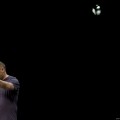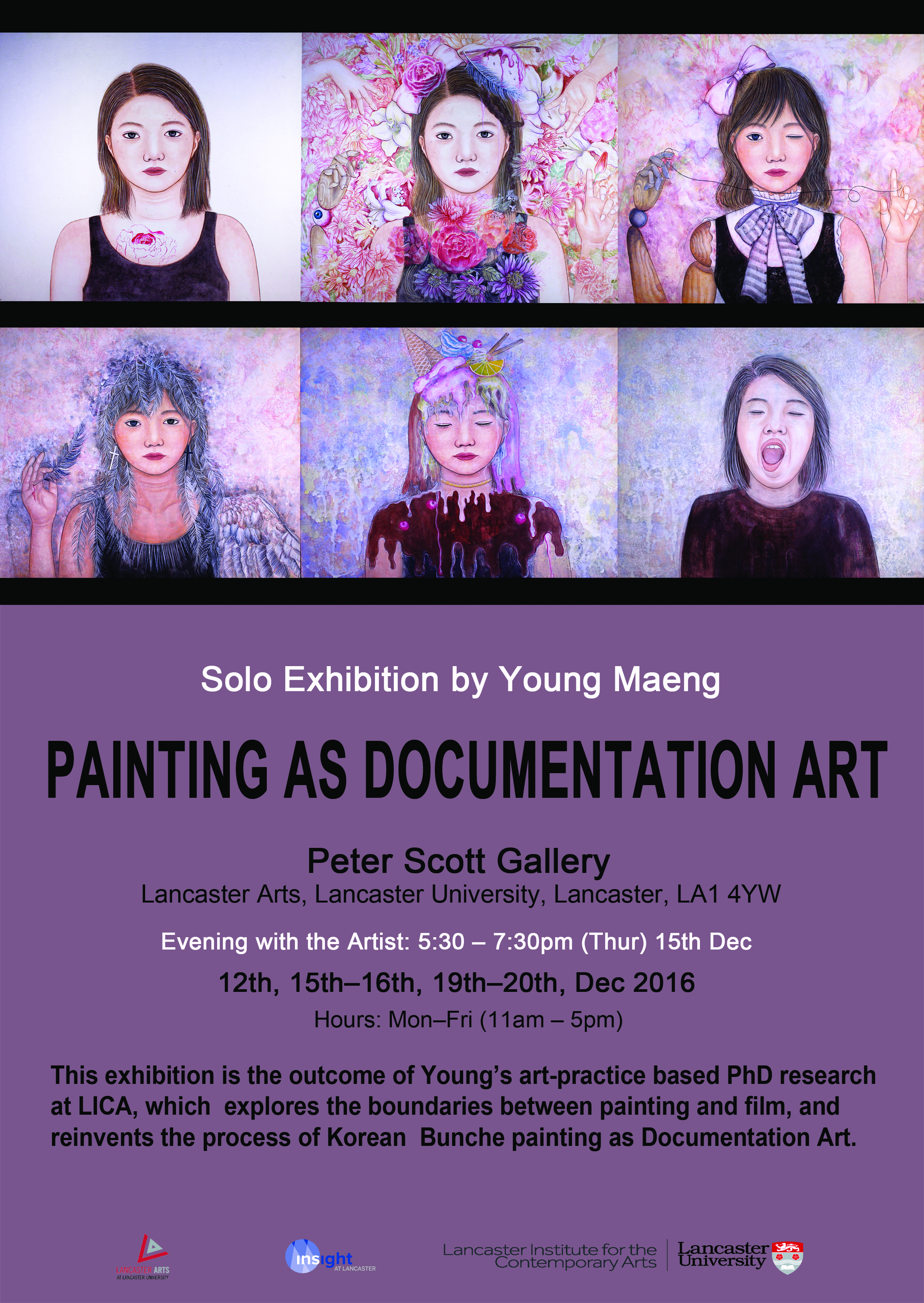An adaptation of Ernest Hemingway’s A Farewell to Arms

Acclaimed theatre makers, imitating the dog (Andrew Quick, Pete Brooks and Simon Wainwright), bring their unique theatrical vision to a new stage version of Hemingway’s seminal First World War novel. Touring in the 100-year anniversary of the start of World War One, they are seizing the opportunity to tell one of the great love stories of the twentieth century.
Based on the author’s real-life experience in 1918, A Farewell to Arms tells the story of Frederic Henry, an American ambulance driver for the Italian army and his tragic relationship with British nurse Catherine Barkley. Against the backdrop of the war the two protagonists discover the redemptive power of love and experience the loss of innocence as they attempt to cement their relationship in a time of devastating conflict. In this first stage adaptation since 1932 of what critics have called one of the classics of the twentieth century, imitating the dog fuse video projection, innovative stage design and original music to create an extraordinary adaptation of Hemingway’s meditation on love, the loss of innocence and the brutality of modern warfare.
Notes on adaptation:
A Farewell to Arms presents numerous challenges when it comes to translating Hemingway’s unique and evocative prose style into dramatic text for the stage. First of all there is the length of the novel that Hemingway breaks down into five books, which, if uncut, would result in a performance lasting over four hours. Then there are the number of characters, many of them Italian and the scenes that take place in hospitals, mountain-top trenches, lake-side resorts, mountain chalets, billiard rooms, race tracks and numerous hotel rooms in Switzerland and Italy. And lastly, there is the narrative voice, which in turn is sparse, descriptive and highly romantic as it describes the doomed relationship between Catherine Barkley and Frederic Henry in the final year of World War One. Like all great novels the writing’s energy and grip on the reader works via certain acts of repetition. Characters meet and gather together again in slightly different circumstances. The novel moves continuously between the world of men and the world of women, where different aspects of love and death are dealt with until both come together in the novel’s closing tragic scenes in the hospital in Switzerland. Then there are the highly descriptive scenes of landscape and weather that act as a structural trope across all five books, pulling the reader back into the experience of a world that is never stable, always shifting in colour, noise, temperature and precipitation.
When we initially tackled how to stage this complex and evocative novel we turned to the idea and act of reading as an enduring metaphor in our reworking of Hemingway’s writing. We opened our story with a group of ‘readers’, who like archaeologists, broke into a ruined building that once served as a hospital in the First World War. For us this space was the book itself, an environment that not only contained all the words that made up the novel, but also the elements of information that coloured our ‘reading’ of the novel: the films and literature of the conflict itself, our knowledge of Hemingway and our own life experiences as a group working through his text.
One useful quotation found when researching this project was from the French philosopher Michel de Certeau who wrote that, “Reading makes the text habitable, like a rented apartment. It transforms another person’s property into a space borrowed for a moment by a transient.” This seemed so apposite when it came to thinking about how one might translate a novel into a performance, how actors, like transients, borrow the words and space of the writer and make a temporary home in their words. In the final part of our rehearsal process the rather abstract notion of reader has found a more dramatic materiality as a chorus. We became very interested in how the narrative voice continually made reference to fate and pointed towards the inevitable tragic conclusion for the two main protagonists. It was as if the hero was being set up for a fall – the descent from his arrogant belief in the honour of war to being forced to face the brutal and destructive reality of what conflict does to people. As Hemingway writes, “You did not know what it was about. You never had time to learn. They threw you in and told you the rules and the first time they caught you off base they killed you.”
Our readers are not benign or passive observers but like a Greek chorus, act to bring the story to its violent conclusion and teach Frederic Henry a terrible lesson. The cameras they use are part of a forensic examination of the narrative, an attempt to bring out the truth of the situation by shooting each chapter as if searching for and locating the tragic, painful and cathartic journey Frederic is forced along.
We never reveal who these figures are that stage and film Hemingway’s text. You never find out where they came from or where they go to when they turn off the lights and exit the space in the final scene after Frederic Henry disappears from the stage in the rain. This is not the point. We are staging the story along side you as an audience member, taking you on a journey that we imagine Hemingway was deeply focused on when he wrote the novel: a journey that allows you a certain room for speculation and imagination, where the black and white of words can momentarily bloom into colour, sensation and emotion, where the frailty of fiction can suddenly be transformed into the warmed flesh of experience and wonderment.





